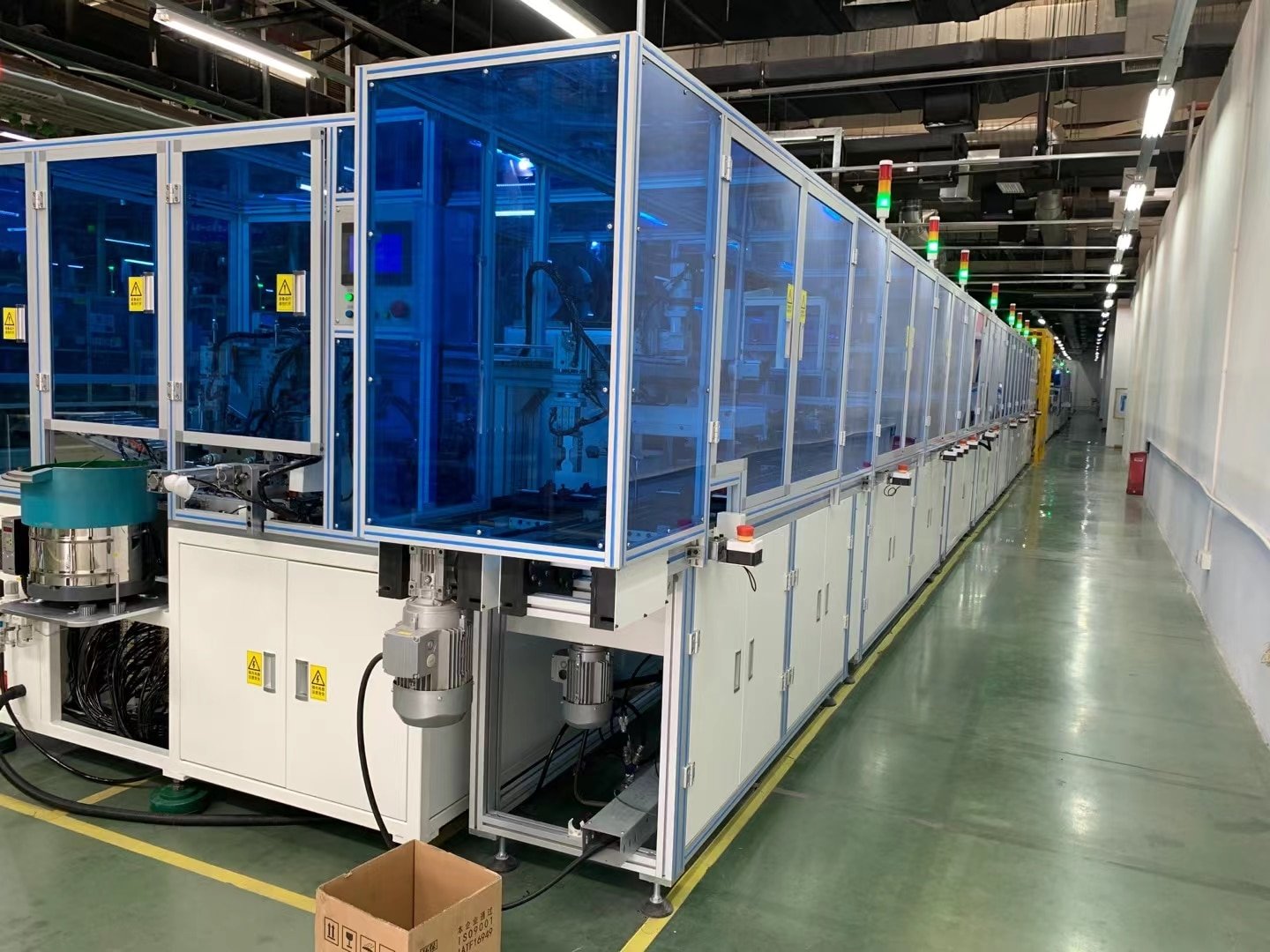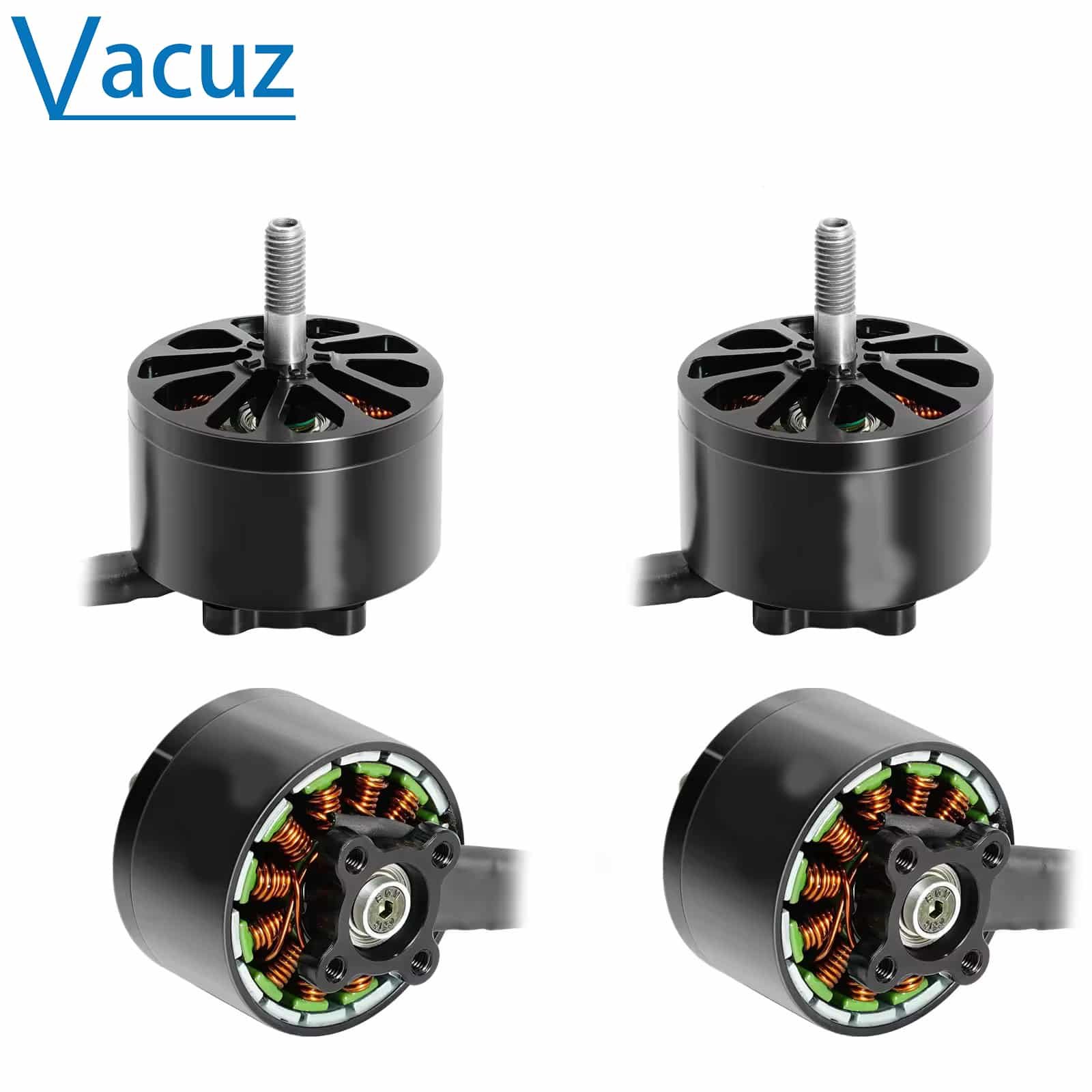Through technological innovation and system integration, the motor rotor automated production line demonstrates significant advantages in efficiency, quality, cost, and flexibility, becoming a core solution for modern motor production. The following is a detailed analysis of its core competitive advantages:

1. Revolutionary Improvement in Production Efficiency
1. 24-Hour Continuous Operation
Automated equipment overcomes labor limitations, enabling 24/7 production and increasing efficiency 2-3 times compared to traditional manual production lines.
2. Parallel Processing
Multiple workstations collaborate to achieve simultaneous winding, inspection, and assembly operations, reducing production cycle time by over 40%.
3. Rapid Changeover Capability
The modular design enables specification changes within 15 minutes, with flexible adjustments to PLC programs and workhead configurations.
2. Qualitative Improvement in Quality Stability
1. High-Precision Control
Servo motors and sensors ensure winding tension fluctuations of ≤±0.1N and air gap/concentricity errors of ≤0.01mm.
2. 100% Online Inspection
A vision system and dynamic balancing tester monitor appearance, dimensions, and balance in real time, reducing the defect rate from 1.5% to ≤0.2%.
3. Dynamic Process Optimization
The PLC adjusts winding speed and tension in real time based on sensor data to ensure consistency.
III. Cost and Risk Reduction
1. Labor Cost Reduction
Reducing the number of operators by 60%, saving over $100,000 annually (with a staff of 20).
2. Material Waste Control
Accurate winding increases wire utilization by 15%, saving $40,000 annually in raw material costs.
3. Safety Risk Management
Robotic arms replace high-risk processes (such as riveting), reducing the accident rate by 80%, and are equipped with an emergency shutdown system.
IV. Flexibility and Environmental Protection
1. Multi-Specification Compatibility
Adapts to rotors with diameters of 20-100mm and 6-24 slots, with a changeover time of ≤30 minutes.
2. Customization Support
Modular design shortens new product trial production cycles by over 50%.
3. Energy Saving and Emission Reduction
Variable frequency control + energy recovery technology reduces energy consumption by 20% and reduces carbon emissions by 30 tons annually (for a production volume of 100,000 units).
V. Key Requirements Evaluation Methodology
1. Equipment Stability
The accuracy of core components (such as guide rails) directly impacts product yield. Replacing low-precision guide rails can increase yield by 10%.
2. Accuracy Verification
A three-dimensional coordinate measuring machine (CMM) measures air gap and concentricity (error ≤ 0.02mm). Dynamic balancing must meet G1 standards (≤ 1g·mm/kg).
3. Safety and Compliance
Complies with GB 5226.1 electrical standards. Mechanical protective doors isolate moving parts, and insulation resistance ≥ 1MΩ.
4. Maintenance Efficiency
A predictive maintenance system reduces the risk of unplanned downtime, achieving a mean time to repair (MTTR) of ≤ 2 hours.

Automated motor rotor production lines fully empower motor production through four key dimensions: efficiency improvement, quality control, cost optimization, and flexible adaptability. When introducing these systems, companies should prioritize equipment accuracy, changeover efficiency, and the supplier’s service capabilities to ensure optimal return on investment.

